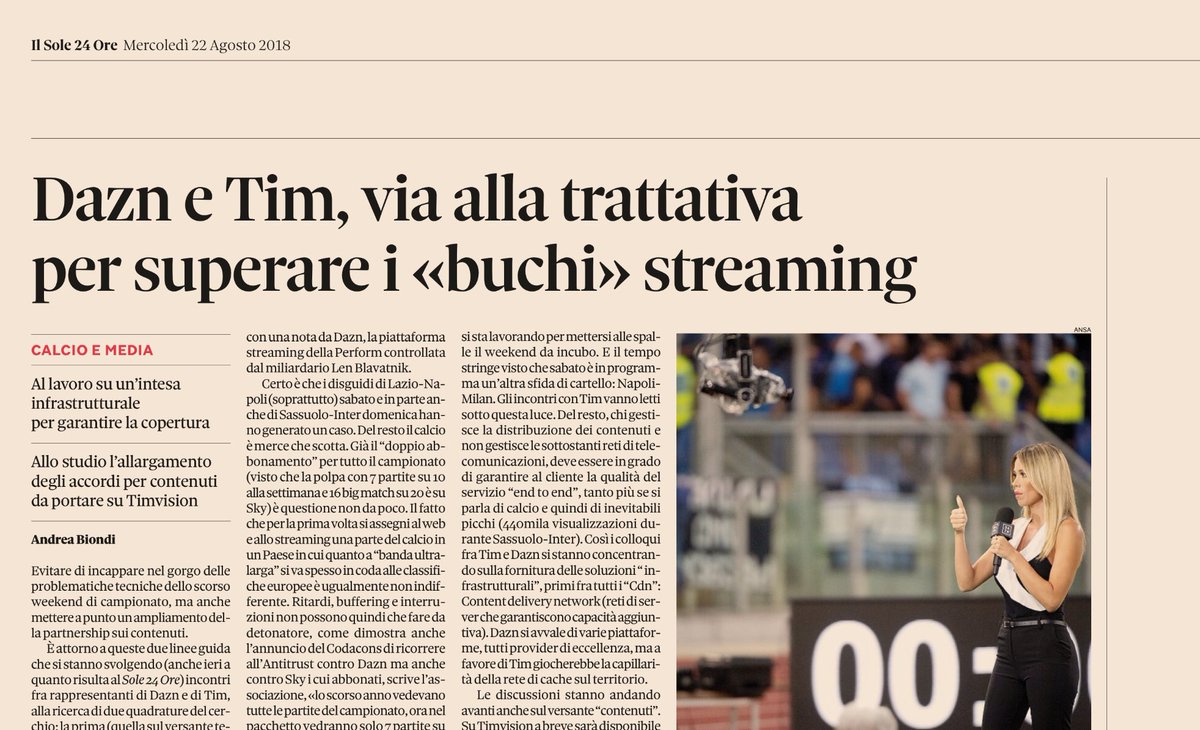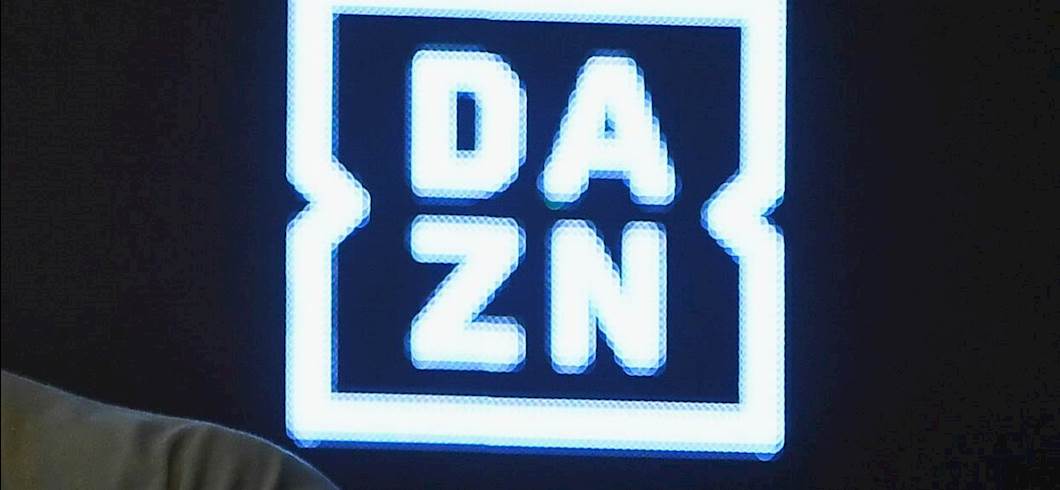Why DAZN couldn’t keep up with the traffic
The Serie A championship starts immediately at full speed, DAZN does not.
The new streaming platform of sports content debuted in Italy with the first of the Serie A football championship last weekend, and the result was not what was hoped for.
Many users have experienced service blockages or slowdowns at different times, in particular during Lazio, Napoli and Sassuolo Inter (440 thousand simultaneous users).
The cause of the platform’s malfunctions , which at first seemed to be due to the poor quality of broadband in Italy, seem rather related to the inadequacy of the
CDN (Content Delivery Network)
used to manage the platform’s traffic.

DAZN’s Chief Commercial Officer in Italy, Jacopo Tonoli, seems to have admitted that the problems encountered during the first day concern the CDN, which is not able to handle the peak of users.
We did some research on the subject, discovering that the
CDN used by DAZN is that of Akamai Technologies
, a US company that boasts the world’s largest network for the distribution of content via the internet (CDN), consisting of over 175,000 servers located in more than 100 countries around the planet.
That being the case, there are two reasons for DAZN’s inefficiencies:
- Akamai Infrastructure Malfunction
- Inadequate IT management
In the meantime, it seems that TIM would already be ready to rush to DAZN’s rescue, possibly consolidating relationships that already exist in the commercial field.

Problems of this kind are increasingly frequent, especially because the governance of Web Companies is always very busy in promotional investments aimed at increasing online traffic, underestimating the importance of an IT infrastructure capable of supporting the load of the aforementioned traffic that you want to conquer.
Still looking at the football sector, certainly Fantagazzetta has not had this kind of problem for a long time, that is, since it has chosen to rely on a Cloud-type IT infrastructure, which we are proud to take care of every day. Click here to read the Case Study.
